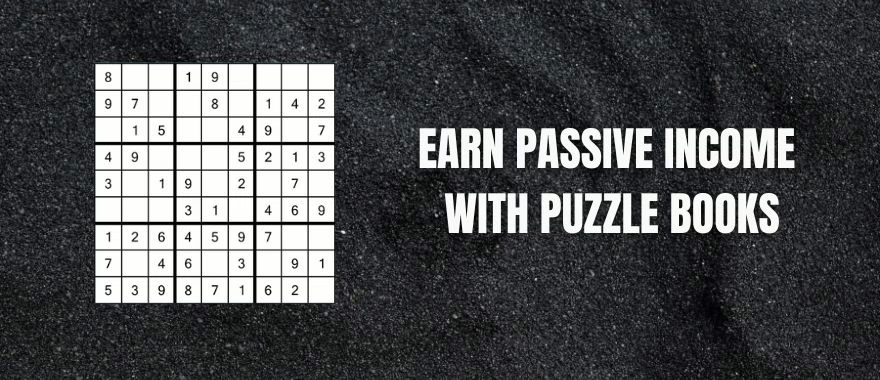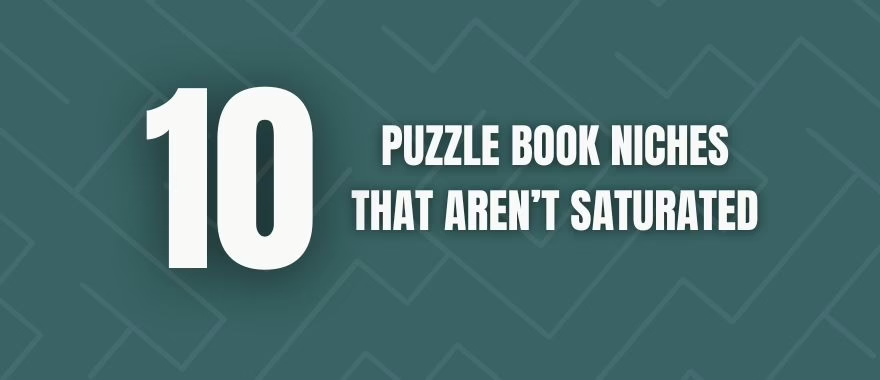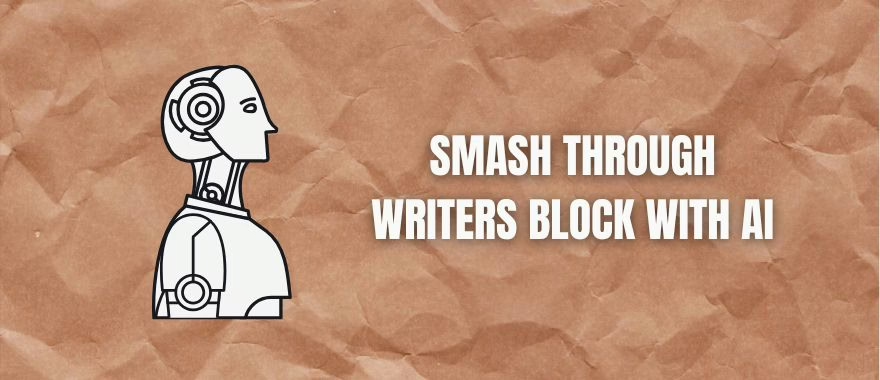If you’re looking for a way to earn income even when you sleep, puzzle books might be just what you need. You can set up a business that keeps paying you long after you finish the work. Puzzle books are simple products that you can make and sell on platforms like Amazon, where they are printed and distributed for you. There’s no need to keep any stock or deal with any customers – Amazon takes care of all of it. This guide will show you how to start and grow a puzzle book business that generates a steady income.
Unlocking the Potential of Puzzle Books
Puzzle books are more than a fun pastime. They are a way to earn money with minimal ongoing effort. You create a product once and then earn income from each sale. When you compile quality puzzles into a book, you deliver something that readers can enjoy again and again. People of all ages love puzzles. They entertain kids on road trips and give a challenge to adults during breaks in their day. They also make for great gifts.
All you need to create a good puzzle book is a good idea and some time and patience to put together puzzles that match a theme (or target a specific audience). You may choose to create word searches, crosswords, sudoku, or even simple logic puzzles. The process is straightforward, and your efforts can generate passive income for years to come.
There is no need for a big marketing team or expensive software to get started. Most successful puzzle book creators use low-cost tools to design their books. Once you know your niche, focus on quality over quantity in your first book. Get some feedback from friends or potential buyers and keep your layout clean and easy to follow.
Setting Up Your Puzzle Book Business

The first step is to decide on the type of puzzles you want to create. Look up popular puzzle books on online marketplaces. You might find that there is a niche for beginner crosswords or a growing demand for word search puzzles designed for specific interest groups. Do your research and choose one area that interests you.
Next, plan what your book will look like. You can decide to create a book with one type of puzzle or go for a mix of puzzles. You’ll need to invest in a quality puzzle generator that will consistently make solvable puzzles quickly and accurately.
Set aside time to work on your first book and stick with it consistently. The first book is the hardest but it’ll get easier with every additional one. You might work on one part of your book each day if you don’t have much time, but soon you’ll be up to one full book in under an hour. Remember to save your files often and keep them backed up.
Now is a good time to learn a little about keywords and search terms. When you list your puzzle book online, you need to have a title and description that draw attention. You also have 7 keyword boxes in the book setup that will need to filled with keywords that are appropriate for your book. Pick words that people often use during their search. Tools like Publisher Rocket are designed to help you find the best keywords for low content books, puzzle books, and novels. In minutes, you’ll have a list of keywords that can lead to more eyes on your book, and more sales.
Designing High-Quality Puzzle Books
Your puzzle book’s design plays a big role in its success. You need puzzles that work and a quality layout. Keep your design straightforward. Use legible fonts and make sure each puzzle is unique. Don’t overcrowd pages with too many images or distracting elements. Instead, aim for clarity. While this may seem basic, a tidy and simple design goes a long way with buyers. They don’t need bells and whistles – they need puzzles that are fun and clear.
A tip from someone experienced in this field: test your puzzles on a few people before finalizing your design. Print out a few of your puzzles to scale at home and ask friends or family to have a look at them. Their feedback will give you insight into how the puzzles perform on first read. You can adjust difficulty, spacing, and instructions. In this way, you increase the chances that your book meets its audience’s needs.
It might also help to explore a few tools that make puzzle creation easier. Quality puzzle generators can create puzzles, add page gutters, and do all the interior editing for you.
Marketing and Promoting Your Puzzle Book

Once your puzzle book is ready, the next move is getting it in front of your audience. You want people to see your work amongst the thousands of other books. Start by making a strong, clear listing on Amazon KDP. Your book cover should be eye-catching, and your title should speak directly to puzzle lovers.
Take time to write a description that tells your reader what makes your puzzle book unique. Explain the theme and the type of puzzles they can expect. Keep this text simple and friendly. In your description, let your personality come through. A warm and approachable tone drives more interest than a generic paragraph full of buzzwords.
Aside from crafting the perfect book description, you can use online ads to drive initial traffic. A few well-placed ads using Amazon Ads can give your book the boost it needs early on. Share your work on social media and join groups dedicated to puzzles and brain teasers. Engaging with the community not only builds awareness but also provides useful feedback for future puzzle books.
Another important ranking factor are reviews. Real reviews build social proof and encourage new buyers to take a chance on your product. When customers see a number of positive reviews, their trust level increases. Positive word of mouth matters a lot in online sales.
Scaling Your Income with Multiple Puzzle Books
Once you find a system that works, expand your portfolio. One puzzle book might bring in the odd sale, but several books can create a business. Over time, you can build a collection that caters to different audiences. For instance, you might release a puzzle book for seniors, another designed for kids, and one filled with challenging puzzles for adults.
The more books you have, the more chances a buyer has to come across one of your titles. Each new book can drive extra income, and together, they build a solid passive income stream. In this way, you don’t have to rely on a single book to carry you. Instead, a small portfolio of well-crafted puzzle books can set you up nicely.
To achieve this, set a schedule for releases. Give yourself a realistic timeline that fits with your other commitments. The work for each book will start to overlap. While one is selling steadily, you work on the next. This method means that you always have something in the pipeline, so you never rely on just one product.
Make sure you learn from each release. Tweak your design, adjust your descriptions, and update the keywords if you notice one type of puzzle is more popular than another. Every book provides a lesson that makes the next one a bit better. By using what you learn, you build a business that gradually improves over time.

Your journey with puzzle books might start with a single idea. Soon enough, you can see the fruits of your efforts in your sales dashboard. The overall nature of passive income means that you set the work up and then let it grow. Many have built a steady income by simply repeating the process of creating, publishing, and refining their puzzle books.
Each book adds a small steady trickle of income. While you work on your next release, past books continue to sell. That’s the promise of passive income. With the right amount of effort in creating a high-quality product and a smart approach to promotion, you set yourself up for long-term earnings that keep on coming.
This business model does not demand a complete overhaul every time you publish a new book. It’s about setting up a system that produces results over and over again. Every puzzle book shows that your idea works and builds your reputation as someone who knows how to deliver fun and engaging challenges.
One more aspect to think about is seasonal trends. Sometimes, the demand for certain puzzle books rises around holidays or during long school breaks. If you notice an uptick in interest, time your releases to meet that demand. This smart planning can give your sales even more of a boost. Keep your eye on market trends and adjust your puzzle book themes whenever you get a fresh idea.
If you invest time into your puzzle book business, you not only create a product that sells but also work on a side business that demands minimal daily attention. You only need to put in the effort at the start, and once the book is live, it takes care of itself. Just like any successful business, the early stage takes effort, and the rewards come over time.
You now have a plan that shows you how to start, design, market, and expand your puzzle book offerings. The process is straightforward, and with some initial work, you can build a real passive income stream. By placing quality puzzles in a well-designed book and letting the sales roll in, you open up an opportunity that fits well into today’s digital marketplace.
How to Earn Passive Income with Puzzle Books
The idea of earning while you sleep sounds great, and puzzle books prove that it is possible. Each sale represents a little win, a sign that someone somewhere enjoyed the challenge you created. As your portfolio grows, so does your potential earnings. Take one step today by diving into the world of puzzle books, and see how a fun project can transform into a reliable income source.
Now’s the time to explore the possibilities. Tap into your creativity, work at your pace, and let your passion for puzzles turn into a rewarding business. Enjoy the process and watch as your hard work pays off in a way that lets you earn money even when you’re off the clock.





